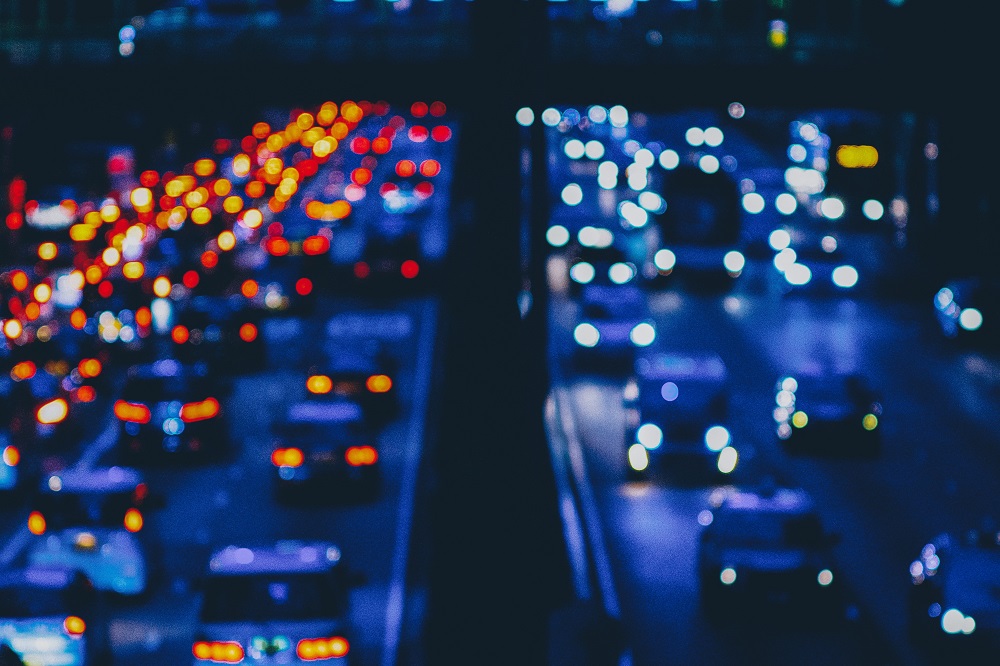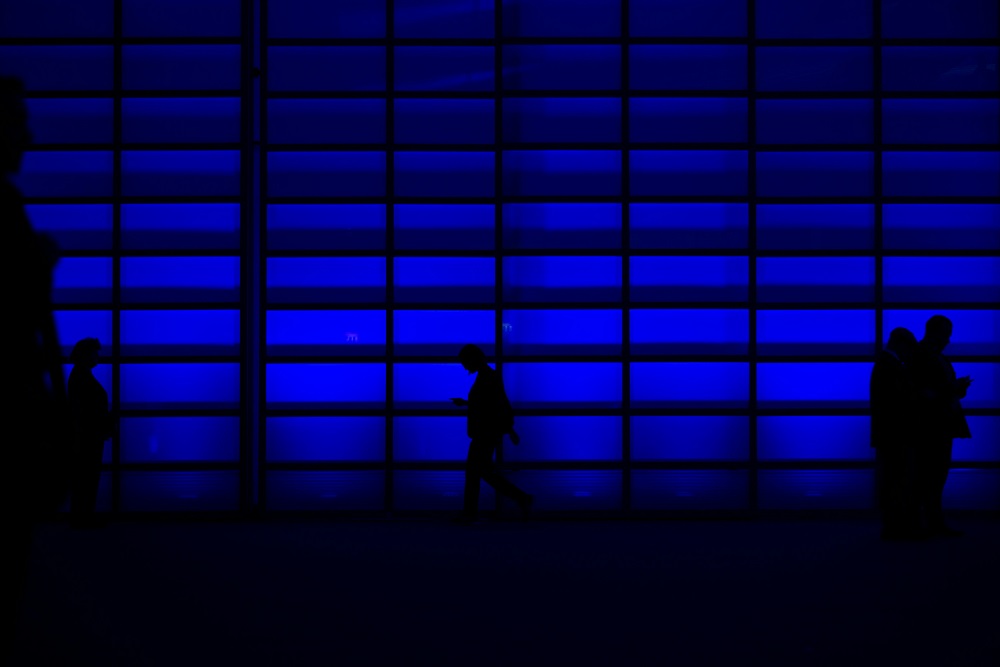With extreme dependence on automobiles across cities, urban travel has witnessed a major blow, leading to a rise in levels of traffic jams globally, particularly in the USA. The most visible expression of this automobile dependence is in the form of road traffic congestion problems. Due to this reason, there is a growing need to establish a balance in the use of automobiles and public transport to ensure a desired level of mobility in all urban areas. But what balance to strike between private and public transport is not clear.
Definition of Traffic Congestion
Traffic congestion is characterized by slower speed of transportation, longer travel time, and increased queuing of vehicles on the roads and highways. While examining the measures of traffic congestion, it is critical to examine congestion. Traffic congestion occurs when the road or intersection capacity is not designed for the actual traffic demand, especially during peak hours. Negative conditions such as rain, construction work, or accidents can also reduce the capacity of roads and intersections.
Types of Traffic Congestion
- Congestion due to traffic-influencing events
- Gridlock
- Bottleneck
- Shockwave
Congestion states the influences or measures used to address or describe traffic congestion on roadways in urban areas. Traffic congestion can be broadly organized into:
- demand capacity
- delay-travel time
- cost-related
A. Measuring Traffic Congestion
A range of features have been suggested to measure traffic congestion across cities. An ideal traffic congestion measures should have-
- clarity
- descriptive and predictive ability
- statistical analysis capability
- general applicability
The indicators of congestion are examined to measure the level of congestion and deliver comparable results for various systems with similar congestion levels. It also accurately reflects the quality of service for any type of system and interprets actions for various users and audiences. The different attributes of traffic congestion measures can be assessed using the following criteria:
- demonstrates simple measures.
- describes the magnitude of congestion.
- allows comparison across metropolitan locations.
- includes travel time.
- relates to public transport congestion relief.
The right selection of an appropriate set of congestion measures demands examining the context in which the measures are to be used and the subsequent steps of congestion measurement relative to precision and methodology. Measures of traffic congestion can be further classified into four groups:
- basic measures
- ratio measures
- level of service
- indices
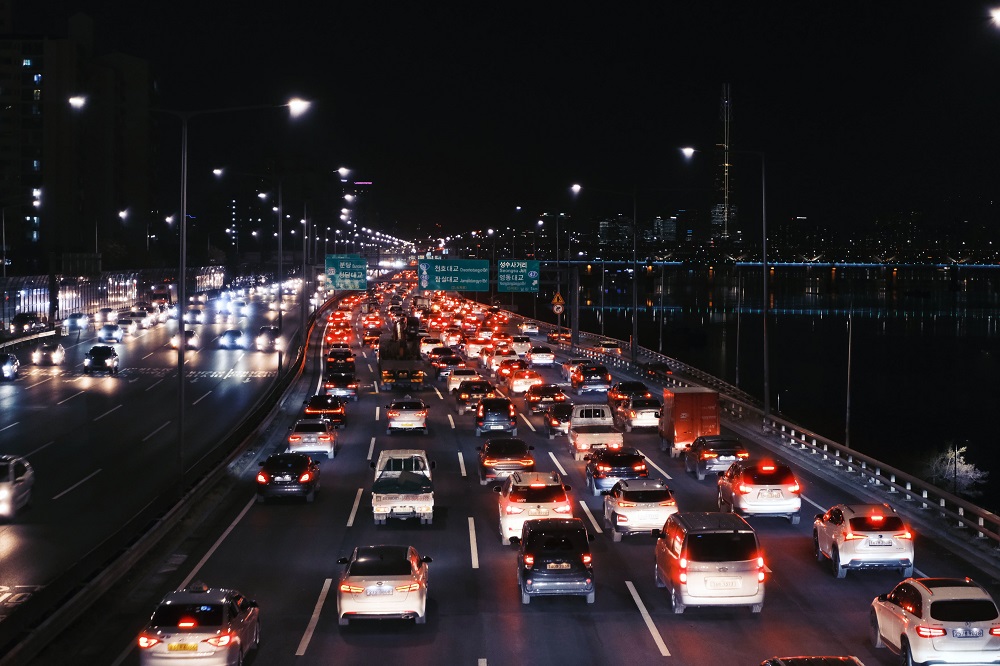
B. Factors Contributing to Congestion
Traffic congestion can be caused by a number of key factors like accidents, traffic overload, pedestrians crossing the road incorrectly, and construction. Traffic congestion is worse across Tier 2 and Tier 3 cities due to bad roads and poor connectivity. Here are some factors that contribute to traffic congestion.
- Saturation due to too many cars
- Construction and maintenance work along the road
- Inadequate means of public transportation
- Bad weather conditions or accidents
- Poor driving habits
Read more: World's Most Congested Cities 2022: The Pandemic Effect on Environmental Imbalance
Top 5 Most Congested Cities in the World
Traffic congestion is a growing problem that is affecting every city across the globe. Long durations of traffic are ruining the daily commute for many by wasting time and fuel as well as increasing frustration. It has become a critical issue for policymakers, city planners, and commuters due to growing urbanization and population growth. Here is the list of top cities with the worst traffic in the world:
-
Bogota, Colombia
Bogota, Colombia, finds itself in the top position as one of the cities in the world with significant traffic congestion. Commuters face difficulties moving in congested streets that adversely affect their travel times as well as general effectiveness. Residents and visitors have to travel for a longer time duration as the system of city roads struggles to handle a huge number of vehicles. It has now become vital for the government to take the necessary steps to improve the quality of life in and around Bogota.
-
Mexico City, Mexico
Mexico also finds itself on the list for worst traffic congestion. The traffic leads to a lot of commute delays for drivers. The city frequently comes to a standstill, resulting in extended travel times. Pollution levels across the city have also increased due to congestion, creating serious concerns for the environment and the local population. Only by improving public transport and putting traffic control measures can the city gain control over the problem.
-
Bangkok, Thailand
Bangkok is facing a lot of traffic issues because of daily activities and the productivity of the population. This heavy traffic causes frustrating delays and is worsening the air quality. It is important to incorporate measures to improve the infrastructure and promote effective public transport systems, thereby reducing traffic and raising the quality of life for both locals and tourists.
-
Jakarta, Indonesia
Jakarta, Indonesia, is one of the top congested cities, causing drivers to commute far longer than necessary. The congested roads are making the daily life of residents and visitors difficult. The situation has increased the expansion of cities and the rise in vehicle traffic due to inadequate infrastructure and lax traffic laws.
-
Manila, Philippines
Ranked in fifth position in the most congested cities in the world list, Manila faces significant traffic delays that interfere with daily activities and productivity. There is difficulty in navigating the streets, and growing traffic congestion is contributing to pollution. To resolve the traffic issues and enhance the standard of living for the citizens, there is a need for significant urban planning and transport infrastructure.
Read more: Top 10 Most Sustainable Companies in 2023
Most Congested Cities in the USA
The United States is home to some of the most congested cities. Many cities have more traffic congestion and delays than before the pandemic. High levels of travel demand in these dense areas, coupled with a limited supply of road infrastructure, lead to traffic congestion. As per the 2023 report, a typical driver in the US lost 51 hours in congestion in 2022, costing an average driver almost $869 in lost time. Drivers often spend 4.8 billion hours in congestion.
While traffic congestion is an important problem to deal with, it also shows that the economy is moving.
Today, traffic congestion concerns are growing hand-in-hand with urban development. With cities expanding and populations increasing, the number of vehicles navigating urban streets and highways is also on the rise. In the US, with its vast urban landscapes and growing population centers, congestion is impacting the economy and the environment.
As per the reports issued by the United States Department of Transportation (USDOT), traffic congestion leads to billions of dollars being lost annually due to wasted fuel and lost productivity. The toll is also concerning from an environmental perspective. Congested roads lead vehicles to spend more time idling, resulting in higher greenhouse gas emissions. Population density and the growing demand for transportation infrastructure are playing an equally significant role in causing congestion. Outdated infrastructure, inefficient public transport systems, and urban areas designed without the expectation of current vehicles further add to the issue.
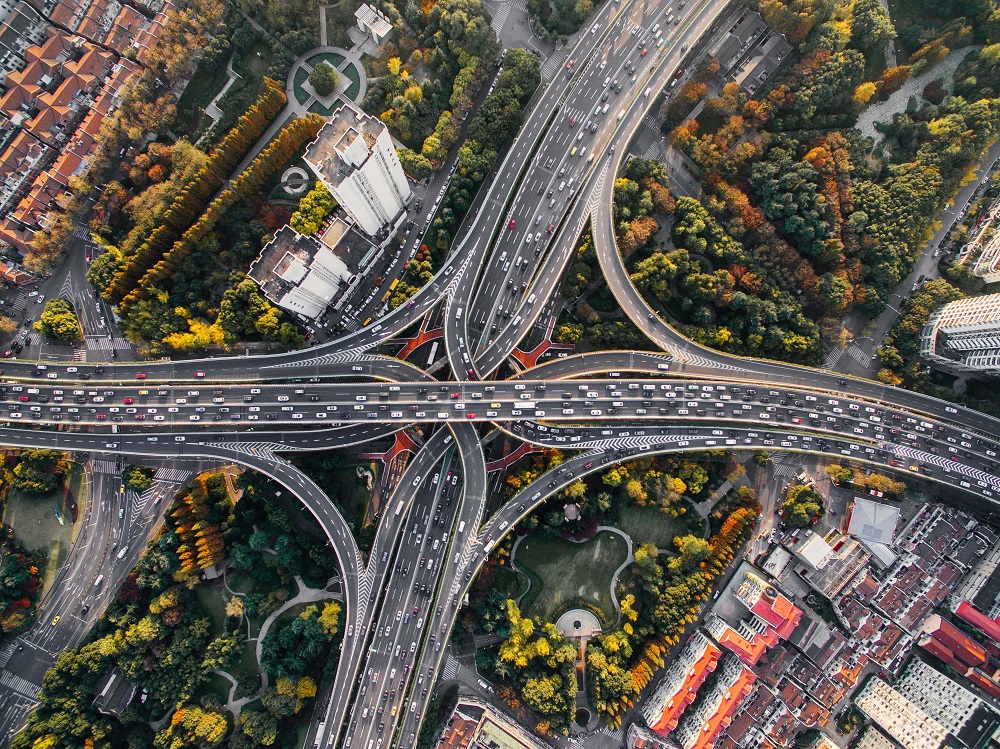
Top 10 Most Traffic-Congested Cities in the US
- Chicago
- Boston
- New York City
- Philadelphia
- Miami
- Los Angeles
- San Francisco
- Washington D.C
- Houston
- Atlanta
Of the cities, Chicago and Miami have more traffic congestion and delays, while Boston, New York, and Los Angeles are yet to catch up. The cities have very dense areas, and a lot of people are concentrated in a relatively small amount of space. And because of such high densities, there is a lot of travel demand.
Top 3 US Cities with the Worst Traffic
-
Chicago: U.S. city with the worst traffic
Chicago ranked at the top in the U.S. city with the highest traffic delays in 2023. On a global scale, Illinois ranked No. 2, after London. Reports highlighted that in Chicago, drivers lost almost 155 hours in 2022. The city has more traffic congestion and delays than in pre-Covid times.
-
Boston
Boston has the highest traffic delays. While the frequency of Chicago’s traffic delays has increased, Boston still lags at certain levels. In Boston, drivers lost almost 134 hours. In 2022, the traffic congestion cost drivers $2,270 in the Massachusetts capital.
-
New York City
New York City ranked in the top three most congested cities in the US. In NYC, drivers lost almost 117 hours in traffic delays, costing an average driver $1,976. While the city ranked third, the traffic delays in the city haven't surpassed pre-Covid levels yet.
Read more: Revealed: Most Polluted Cities in the United States in 2023
Factors Contributing to Traffic Congestion
There are two kinds of congestion: recurring and non-recurring.
-
Recurring congestion often occurs during rush hour, implying that the city’s roads cannot accommodate heightened traffic during certain times of day.
-
On the contrary, non-recurring traffic jams are caused by unexpected elements such as weather, accidents, or human-caused incidents.
Let's identify some of the major causes of traffic congestion.
-
Vehicular Events
Many times, traffic jams can be due to an accident on the road. This is deemed as a vehicular event in the context of traffic congestion. Other vehicular events are breakdowns and debris on the road. A report highlighted that almost 150 million people get stuck in traffic due to breakdowns.
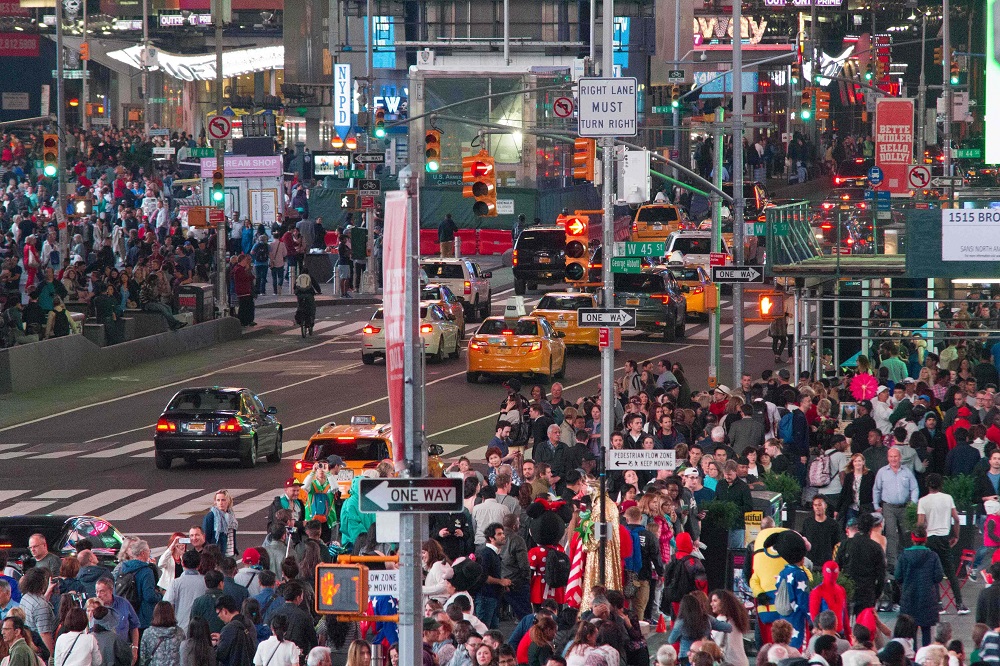
-
Human Interference
One of the frequent causes of traffic jams is human interference. Drowsy driving, distracted driving, or speeding often lead to accidents that are likely to slow down traffic flow. However, accidents are not always the culprits. Distracted driving can make people brake abruptly, which could trigger a ripple effect on the traffic behind them. This phenomenon, referred to as a phantom traffic jam, causes delays just as long as accidents.
-
Environmental Problems
The cause of traffic jams can often be completely out of anyone’s control. The Department of Transportation report identified that 15% of traffic jams are often caused due to bad weather conditions. Lanes can get submerged under water or snow. Bad winds are likely to blow debris onto the road. According to the DOT, wet pavement can reduce speed from 10-25%.
-
Infrastructure Failures
Poor infrastructure on the roadway often leads to traffic congestion or accidents. Highways or roads that are too small to accommodate the traffic flow cause such situations. Overused roads develop potholes that are also a major cause of traffic congestion. In a report, the American Society of Civil Engineers ranked the United States with a C minus regarding their infrastructure.
Environmental Considerations to Control Congestion
Transportation is emerging as the fastest-growing contributor to global climate change, accounting for 23% of energy-related carbon dioxide (CO2) emissions. Governments and organizations are incorporating low-carbon transportation strategies as the least costly way to reduce GHG emissions. Systems and vehicles are being designed to reduce the growing need for travel and shifting trips to often less expensive carbon modes. By improving system management, governments can reduce congestion and inefficiency in the use of transport capacity. These approaches can also help produce social and economic benefits for low-income people dependent on public transport.
Understanding the vehicular emission characteristics and embracing targeted control measures can help enhance air quality management. The control measures should include the use of alternative biomass fuel, stringent standards for gasoline fuel, rigid environmental regulations, adoption of driving restrictions, and traffic signal control strategies.
Read more: What is Carbon Footprint: How to Reduce and Calculate Carbon Footprint?
Key Highlights
-
Short-term traffic forecasting is emerging as a key element to mitigate the negative effect of urban congestion.
-
Machine learning processes are assisting in reliably predicting impending congestion.
-
Aggregative input variables are being created with the combination of embedded and filter approaches with the use of expert knowledge.
-
The proposed methodology is helping to increase both the congestion identification rate and the robustness of the results.
Final Thoughts
Traffic congestion is emerging as one of the major urban hubs and is not just a testament to growing populations and urban sprawl. This has led to a call for action for infrastructure development. Traffic congestion is affecting cities and millions of lives. As mentioned above, the top cities with the largest traffic share problems like urbanization, population growth, and inadequate infrastructure. These factors further lead to commuter fatigue, high levels of pollution, and wasted time.
Urban planners, policymakers, and transport authorities are exploring and implementing solutions to make the public transport system more efficient, encouraging alternative modes of transport and investing in road infrastructure management techniques. Smart city solutions with technology-driven infrastructure enable cities to integrate advanced traffic management systems, smart lighting, and other tech-driven infrastructure elements. Smart systems are capable of managing traffic while avoiding jams and reducing pollution. Using the Internet of Things (IoT), cities can connect better and work more efficiently.
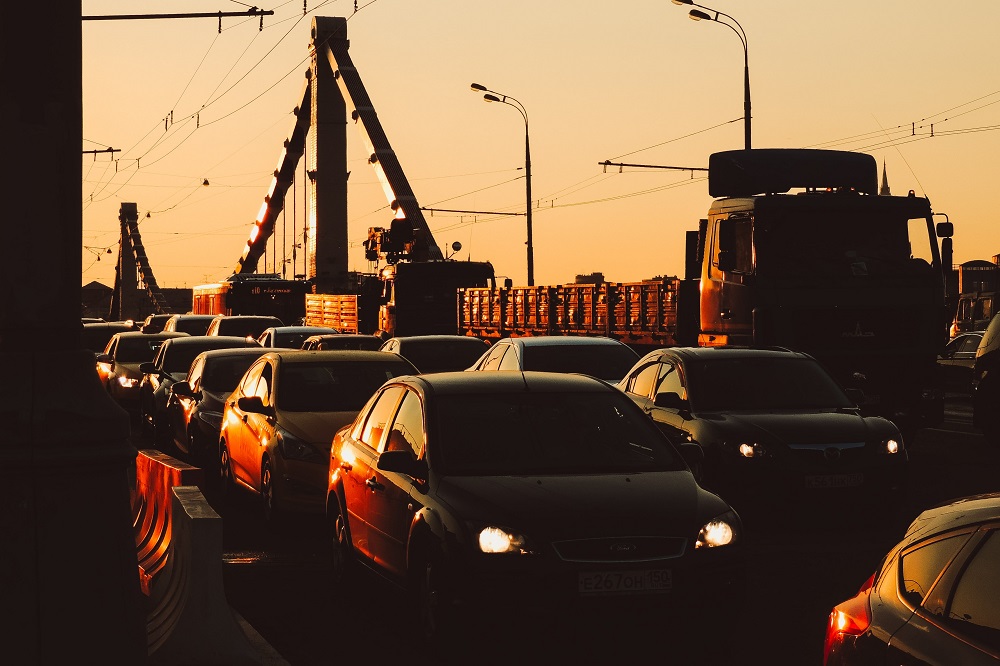
While every city’s circumstances are different, there is a growing need to tackle all these concerns, which would foster more effective and sustainable urban mobility. There is also a need to discover creative ways to reduce traffic congestion, which is very important for enhancing the quality of life and efficient operation of economies with the urbanizing population.
SG Analytics, recognized by the Financial Times as one of APAC's fastest-growing firms, is a prominent insights and analytics company specializing in data-centric research and contextual analytics. Operating globally across the US, UK, Poland, Switzerland, and India, we expertly guide data from inception to transform it into invaluable insights using our knowledge-driven ecosystem, results-focused solutions, and advanced technology platform. Our distinguished clientele, including Fortune 500 giants, attests to our mastery of harnessing data with purpose, merging content and context to overcome business challenges. With our Brand Promise of "Life's Possible," we consistently deliver enduring value, ensuring the utmost client delight.
A leader in ESG Services, SG Analytics offers bespoke sustainability consulting services and research support for informed decision-making. Contact us today if you are searching for an efficient ESG (Environmental, Social, and Governance) integration and management solution provider to boost your sustainable performance.
About SG Analytics
SG Analytics is an industry-leading global insights and analytics firm providing data-centric research and contextual analytics services to its clients, including Fortune 500 companies, across BFSI, Technology, Media and entertainment, and Healthcare sectors. Established in 2007, SG Analytics is a Great Place to Work® (GPTW) certified company and has a team of over 1100 employees and a presence across the U.S.A., the U.K., Switzerland, Canada, and India.
Apart from being recognized by reputed firms such as Analytics India Magazine, Everest Group, and ISG, SG Analytics has been recently awarded as the top ESG consultancy of the year 2022 and Idea Awards 2023 by Entrepreneur India in the “Best Use of Data” category.
Frequently Asked Questions - Congestion
-
How is traffic congestion measured?
The Level of Service (LOS) indicates how the roadway or intersection serves its intended traffic. It is based on the volume-to-capacity (v/c) ratio and is used as the primary measure of congestion for planning purposes.
-
What are some innovative solutions for reducing traffic congestion?
With the growing rate of technological advancement, the world is becoming a smarter place. And with the integration of IoT solutions and AI devices, governments are incorporating measures to reduce traffic congestion. Smart solutions to prevent traffic congestion:
- Smart parking systems
- Automated traffic lights
- Usage of drones for traffic management
- Use of autonomous or self-driving vehicles
-
How do congestion reduction policies affect urban development?
A combined approach is likely to have certain benefits for society, health, as well as the environment. Incorporating a combination of public transport development and driving restriction policy will help reduce traffic congestion, air pollution, and air quality health indexes.
-
What can individuals do to alleviate traffic congestion in their cities?
Traffic congestion problems can be resolved by improving public transport and encouraging more people to use it. Public transport can be enhanced by making it more punctual while reducing the price of tickets and making them more affordable.
Tips to Reduce Traffic Congestion:
- Revolutionize traffic light management systems
- Restrict parking around busy intersections
- Improving bus service
- Building a robust light rail network
- Promoting carpooling


